Cloud-Based AI
What Is Cloud-Based AI? Cloud-based AI refers to artificial intelligence solutions hosted, managed, and deployed via cloud computing platforms. Instead of running AI applications on local servers or individual devices,
What Is Cloud-Based AI? Cloud-based AI refers to artificial intelligence solutions hosted, managed, and deployed via cloud computing platforms. Instead of running AI applications on local servers or individual devices,
Computational creativity is a field of study in artificial intelligence (AI) focused on building software and systems that can perform tasks typically associated with human creativity. This includes creating original
What is Computer Vision? Computer vision is a branch of artificial intelligence that enables machines to interpret and understand visual data. It allows systems to analyze images and videos, recognize
Constitutional AI is a method used to align large language models (LLMs) with ethical, helpful, and safe behaviors by guiding them using a predefined set of rules or principles, called
Container cost optimization refers to the practices and strategies employed to manage and reduce the costs of running containerized applications in cloud environments. This process involves maximizing resource utilization efficiency
What is a Context Window? A context window refers to the amount of text or data a machine learning model, particularly a language model, can consider at any given time.
ControlNet is a neural network architecture designed to enhance the controllability of image generation models, particularly diffusion-based models like Stable Diffusion. By integrating additional conditional inputs, such as edge maps,
What is Conversational AI? Conversational AI refers to artificial intelligence technologies that enable machines to engage in human-like interactions through text or speech. It powers chatbots, virtual assistants, and voice-based
Cost allocation tags are key-value pairs attached to AWS resources that allow organizations to categorize and track their AWS costs with high granularity. These tags enable organizations to assign costs
Cost anomaly detection utilizes machine learning to identify and alert to unusual spending patterns within an organization’s AWS services. This tool is essential for monitoring and managing cloud costs by
Cross-attention is a mechanism in transformer-based neural networks that enables a model to relate and integrate information from two different sequences or modalities. This is essential in tasks where the
Data augmentation is generating new data samples by modifying existing data. It helps improve machine learning (ML) model performance by increasing data variety without collecting more real-world data. The process
What is Data Labeling? Data labeling is tagging or annotating raw data—such as images, text, audio, or video—with meaningful labels that allow machine learning models to understand and learn from
What is Data Privacy in AI? Data privacy in artificial intelligence refers to protecting personal, sensitive, or confidential information used to train, test, or operate AI systems. As AI models
Data transfer costs in cloud computing refer to the fees associated with moving data within and between cloud services, across different regions, or from the cloud to on-premises environments. These
Deep learning is a subset of machine learning that uses algorithms modeled after the human brain’s neural networks. It enables computers to analyze and learn from large amounts of data,
Denoising Score Matching (DSM) is a foundational technique in generative modeling, particularly influential in developing diffusion models. The core idea is to estimate the score function, the gradient of the
What Is Differential Privacy? Differential privacy is a mathematical framework that protects individual data while allowing functional analysis of large datasets. It ensures that removing or adding a single data
Diffusion models are generative machine learning models that create data, such as images, text, or audio, by reversing a noise process. They learn to generate high-quality outputs by gradually denoising
Diffusion Probabilistic Models (DPMs) are a class of generative models that use a probabilistic approach to generate data, such as images, sound, or text, by gradually transforming a noise distribution
